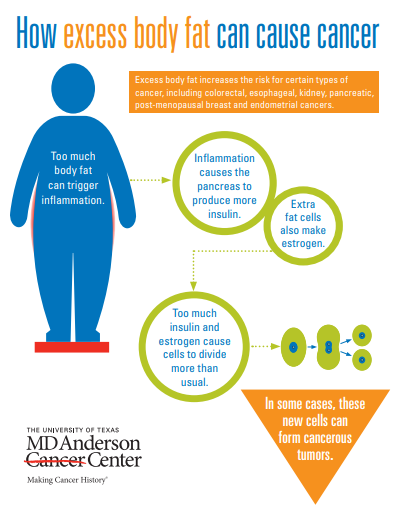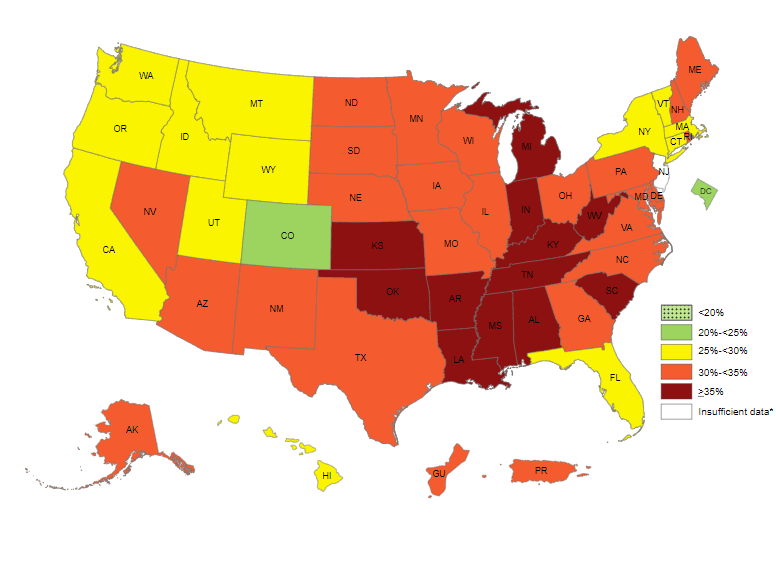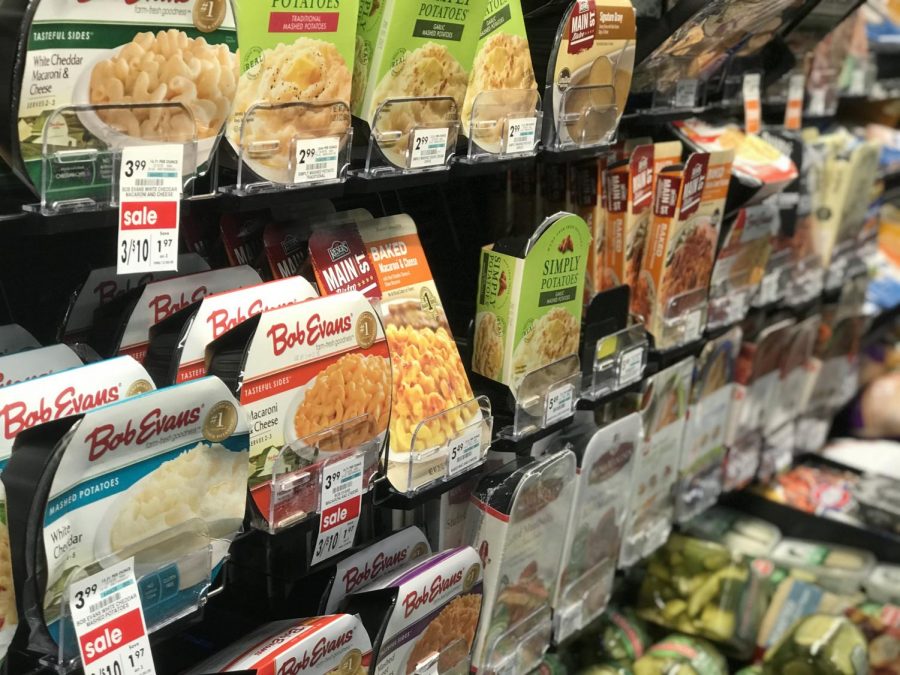The Processed Food Epidemic
7 out of 10 Americans will die from obesity-induced illnesses. In order to save future generations, we must understand why .
The shelves of our local grocery stores are lined with alluring options that have led to health crisis in America.
At any point in the day, we can drive to the local McDonald’s and scoop up an inexpensive, hot burger. With the time and money it takes to prepare a meal, why would anyone do otherwise?
After all, if eating unhealthy food makes us happy, then why shouldn’t we?
But will we be happy when obesity and poor vascular health increase dramatically impact our lifestyles in our 30s and 40s? Excess body fat significantly increases a person’s risk of cancers, including esophageal, post-menopausal breast, uterine, colorectal, kidney, and pancreatic. Heart attacks are also increasingly common in individuals who have high blood pressure, a sure side-effect of obesity.
It’s no secret that fast food is bad for their health, yet McDonald’s continues to sell 50 million burgers worldwide every day.
In the U.S. specifically, obesity rates are skyrocketing in both adults and children. Since 2008, the US adult obesity rate has increased a shocking 26%, bringing the total to 42.2%. Obesity in children under the age of 20 rose alarmingly from 19% in 1980 to 30% in 2014.

It is important to acknowledge that maintaining a healthy lifestyle is not easy. More often than not, convenience and cost overrule the threat of damage that unhealthy foods can do to our health.
It is no longer common for one parent to go to work, while the other stays home preparing meals for the day. In the hustle and bustle of today’s America, both parents have full-time jobs, leaving less time for meal preparation.
While we can try to improve our diets, we should know that the food industry is hardly willing to help.
Fresh whole foods are generally more expensive than processed ones. Produce requires human labor, while processed food can be made in factories. Fresh strawberries must be picked by hand, but strawberries used for preserves can be harvested by a machine. The cost-savings are stark.
In the last 50 years, the food industry has dramatically changed. What was once a luxury is the norm. Pre-packaged foods, usually high in fat, sugar, and calories now dominate supermarket shelves. Their colorful packaging and mouth-watering commercials make them irresistible to shoppers. Loaded with chemicals and additives, these foods can range from TV dinners to sugary drinks to purportedly healthy veggie chips and Nutri-Grain bars.

Sugar is the particular culprit here. Scientifically proven to be addictive, sugar can be found on almost every nutrient label on processed food packages, making it nearly impossible to avoid. McDonald’s has been aware of the addictive nature of sugar for years, even going so far as to soak their potato crops with sugar water, resulting in a much sweeter-tasting fry.
It’s hardly surprising, then, that the food industry has learned to maximize profits by marketing to children, whose sugar cravings may be part of their biological makeup. Research funded by the Heart Foundation has shown that children are exposed to twice as many unhealthy food advertisements as they are healthy ones.
So what can be done?
First, we must not resort to shaming others whose diets are unhealthy. A multitude of factors beyond a person’s control can influence their dietary choices, and we should never associate body shape with beauty.
Nevertheless, we cannot ignore the health risks that come with poor dietary choices. And if the food industry will not change, then the burden is on each of us to budget for a more expensive and more time-consuming grocery list.
But isn’t it worth it when our lives are on the line?

Evelyn Wiethorn is a junior this year at NASH. This is her second year in journalism and her first writing for The Uproar. Outside of school Evelyn enjoys playing softball and competing on North Allegheny's track team.

